17 Best Paprika Substitutes
When you buy through our links, The Breslin may earn an affiliate commission. Learn more
Paprika is a widely used spice in a variety of recipes ranging from sweet, savory to stews and desserts. It enhances the flavor of dishes, transforms them from bland foods into delicious dishes, and helps them look more appealing with a bright red color, giving you a delightful experience.
So what if you don’t have this spice in your kitchen cupboard, or it runs out just when you need it, or you simply want something stronger or lighter than paprika?
Understand your wishes; in this article, I have compiled our list of the best paprika alternatives that will keep you ready for yummy and rich food. Moreover, knowing how to replace paprika can save you time and effort when preparing your favorite dishes.
Let’s explore what those paprika substitutes are!
What Is Paprika?
Paprika is the powder made of the dried bark of bell peppers belonging to the genus Capsicum annuum, a tree native to South America and thrives in cool climates. Paprika has colors ranging from orange-red to deep red depending on the type of pepper used, with orange being the hottest and red being the sweetest. Commercial paprika products are easily found in Spain, California, and Hungary.
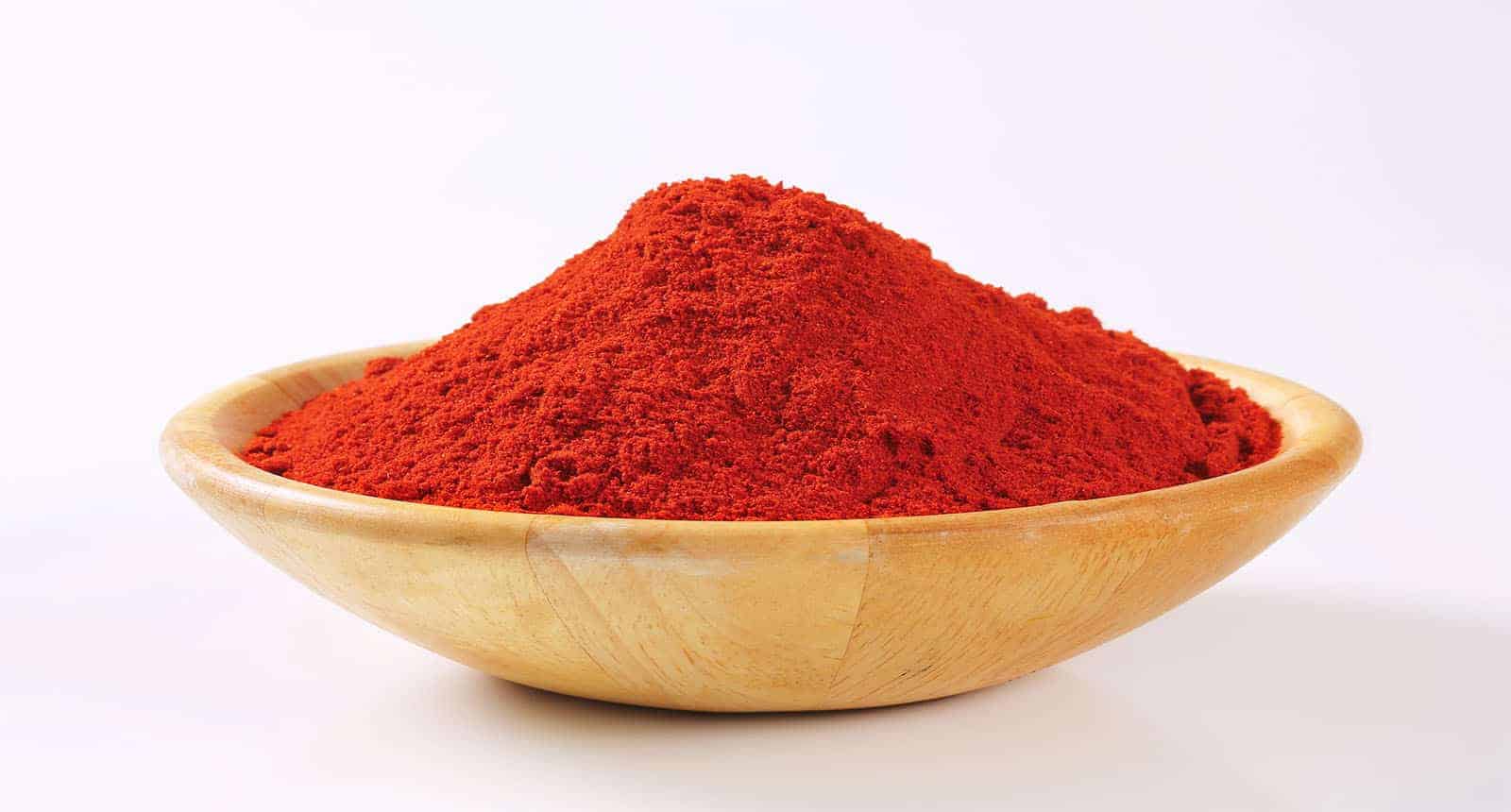
When heated, paprika produces its distinctive flavor, spice, and a hint of earthy flavors that add color and deliciousness to dishes. It creates the overall look of the dish, so it is often used for decorative purposes such as sprinkling on eggs, appetizers, and salads.
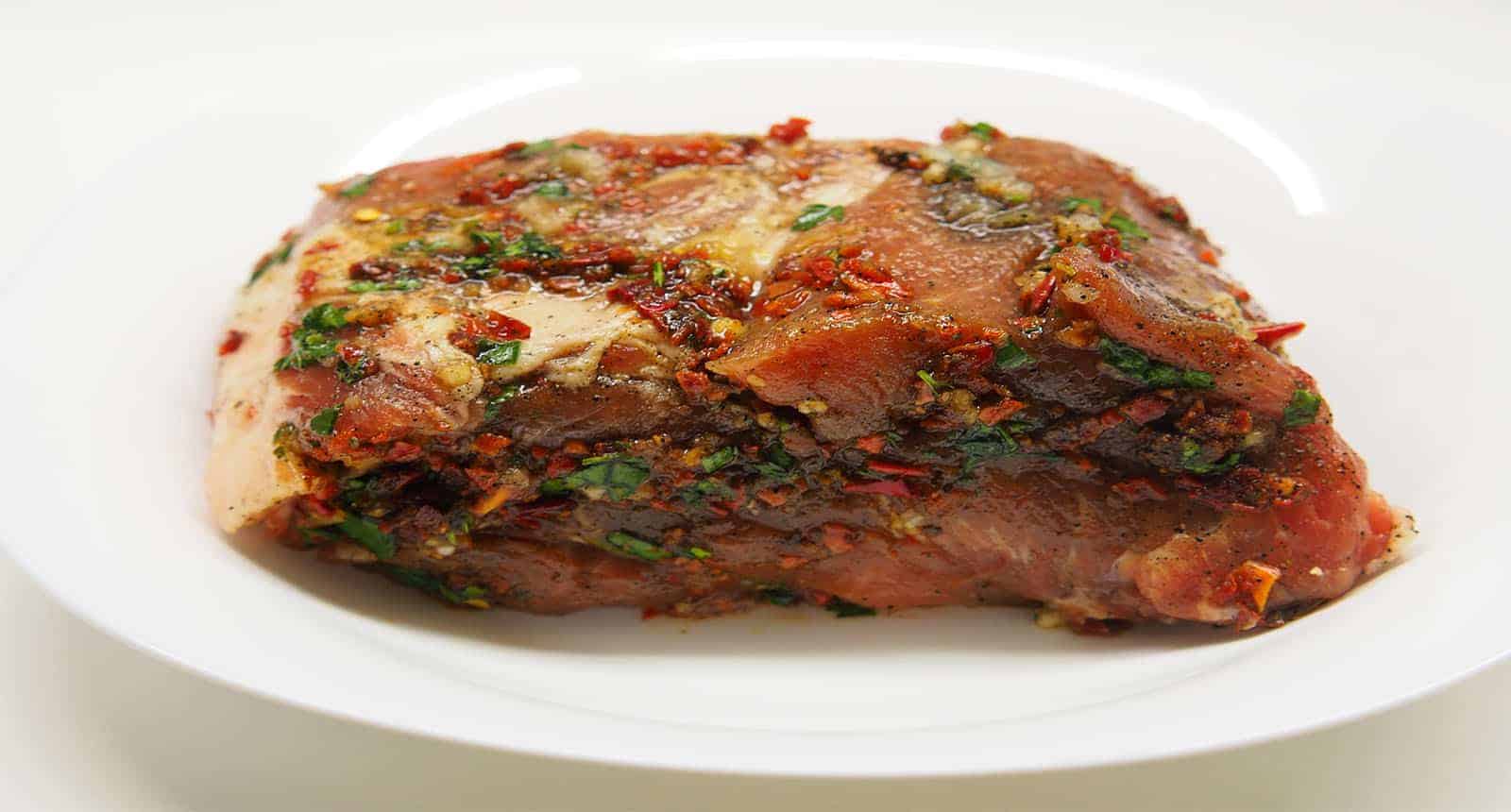
Types Of Paprika
Depending on the origin and the type of pepper used, there are different types of paprika. According to taste, it is divided into 3 main categories: sweet, hot, and smoked.
Sweet Paprika
You can easily find this paprika in grocery stores or supermarkets. It has a mild, sweet flavor with a bright red color. It is commonly used in traditional Hungarian dishes such as goulash.
Hot Paprika
It has a strong heat, and is very spicy, and has a strong scent of chili that is ideal for dishes requiring a high level of flavor.
Smoked Paprika
It is made from dried chili and is smoked before grinding; hence it has a characteristic smoky aroma.
What Are Substitutes For Paprika?
Here is a list of paprika alternatives, and when choosing them, you should consider the food you are preparing and the amount of paprika it requires.
Cayenne Pepper
Cayenne is a good substitute for color and the hotness of paprika, and it’s a bit hotter than regular paprika. Therefore, when replacing, start with ¼ or ½ teaspoon of cayenne pepper per teaspoon of paprika until the desired flavor and heat are achieved. If you want to keep the sweetness of paprika, you can add cayenne with sugar or honey.
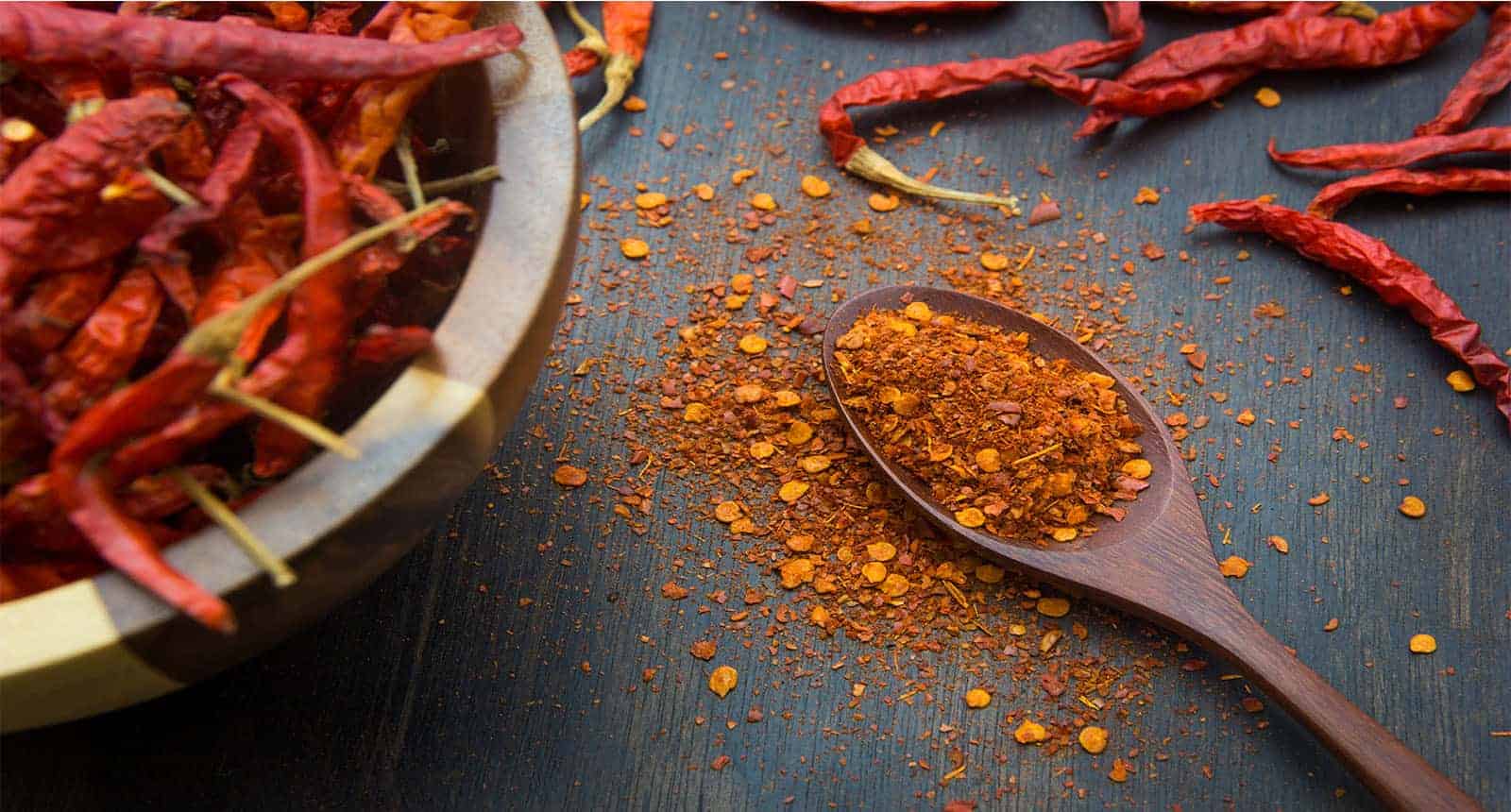
Chili Powder
It is a combination of ingredients including chili, cumin, and garlic powder and is usually hotter than paprika, and of course, you can use it as a replacement for paprika. You should substitute it with a small amount of about 1/3 or ¼ teaspoon, then add gradually until the dish reaches the taste you need.
Crushed Red Pepper
Despite its different textures, crushed red pepper is also an ideal paprika substitute because it adds the pungency, the flavor of the chili, and the color of the dish. Give it a try!
Cajun Spice
Cajun spice is a blend of cayenne, black and white peppers, and it’s commonly used in Cajun recipes. It has more salty flavors than hot and not spicy like cayenne peppers, so when adding to dishes, pay attention to other spices to harmonize the flavor. You can replace it with paprika in a 1: 1 ratio.
Cumin
Cumin is not a bad alternative to paprika when you do not have paprika in the kitchen cupboard. It has a smoky odor, the taste is quite similar to paprika, and is also ideal for decorating dishes. Add it slowly to the dish to achieve the desired taste without being overly intense.
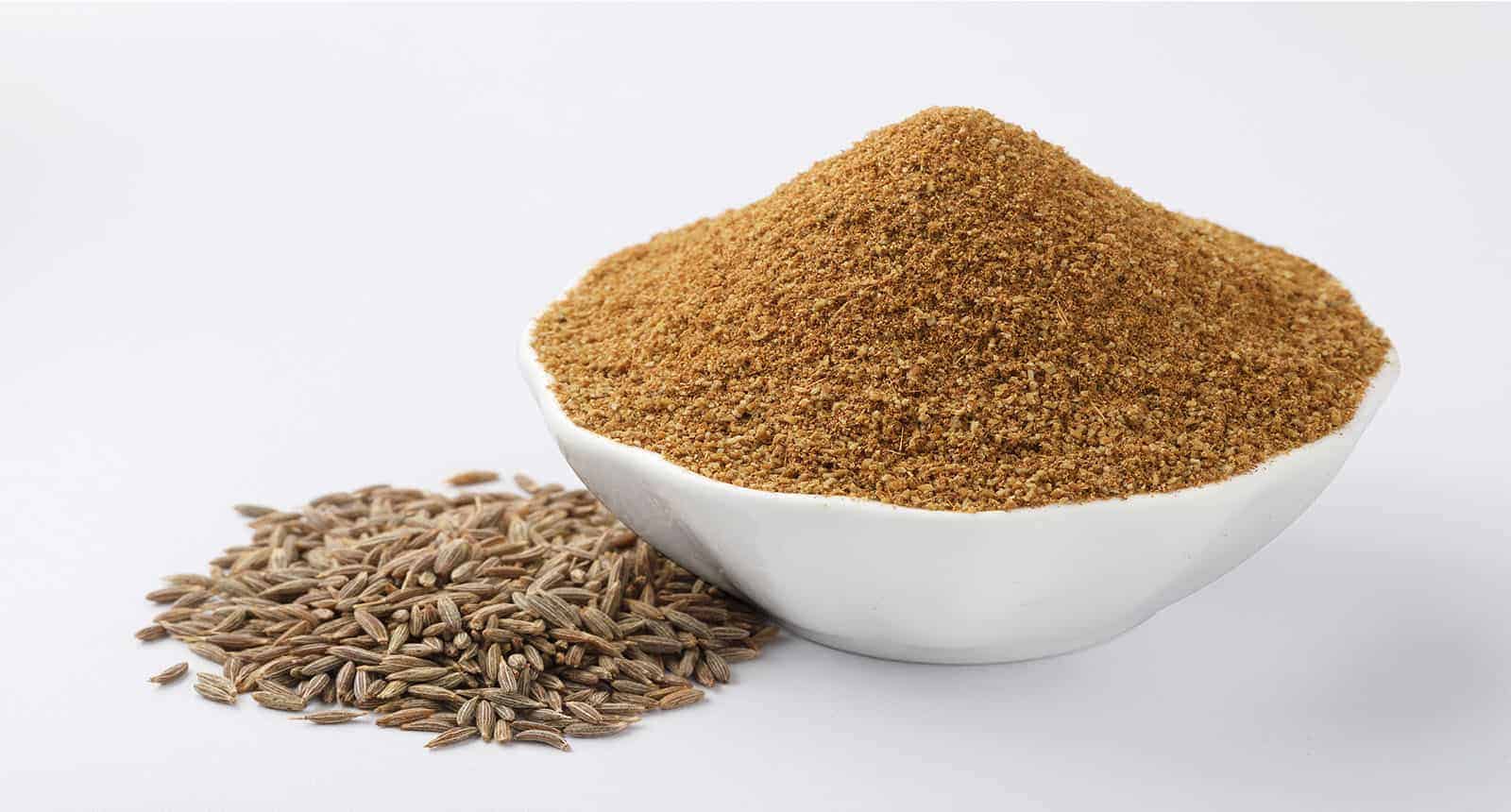
Hot Sauce or Tomato Sauce
You can use hot sauces or tomato sauce as a substitute for paprika if your dish is demanding in terms of color. Hot sauces are ideal as a substitute for smoked or hot paprika, while tomato sauce is great as a substitute for the sweet type. For hot sauces, start to substitute at a 1: 1, and tomato sauce with a ratio of 2: 1.
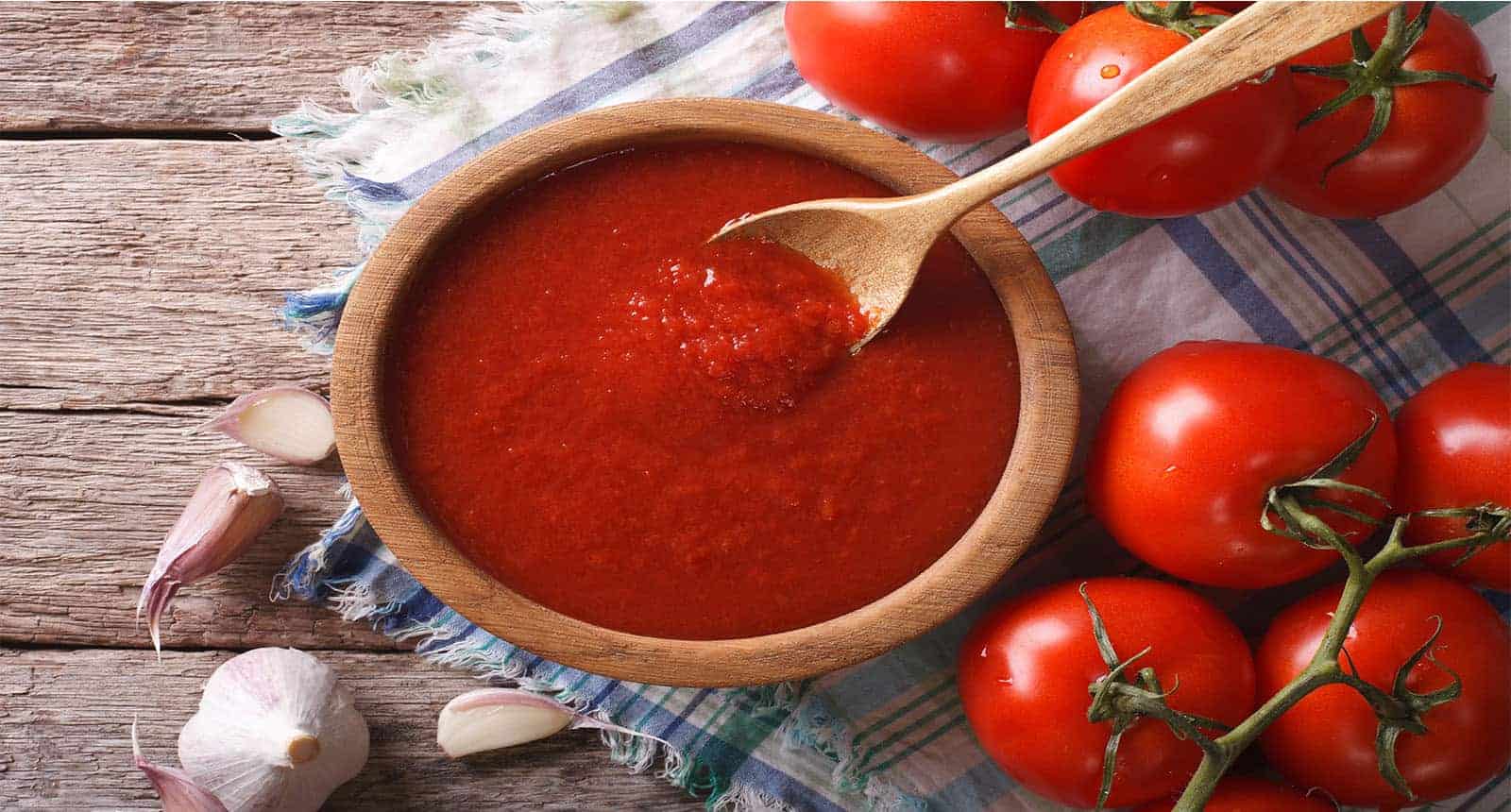
Guajillo Powder
It is mildly spicy, smoky that is popular in Mexico. You can use Guajillo chile instead of paprika if you don’t want your food to be too spicy.
Aleppo Pepper
With its red color, strong spicy taste and complex flavors, and a hint of tomato, Aleppo pepper can be used as a substitute for paprika. It has a heat rating of 10,000 Scoville Thermal Units on the Scoville Scale, higher than a regular chili powder, making it the best substitute for hot paprika. You should add a small amount and increase it gradually.
Black or White Pepper
If you just need to add a little spicy to the dish, you can ultimately use black pepper or white pepper as a substitute for paprika regardless of its color.
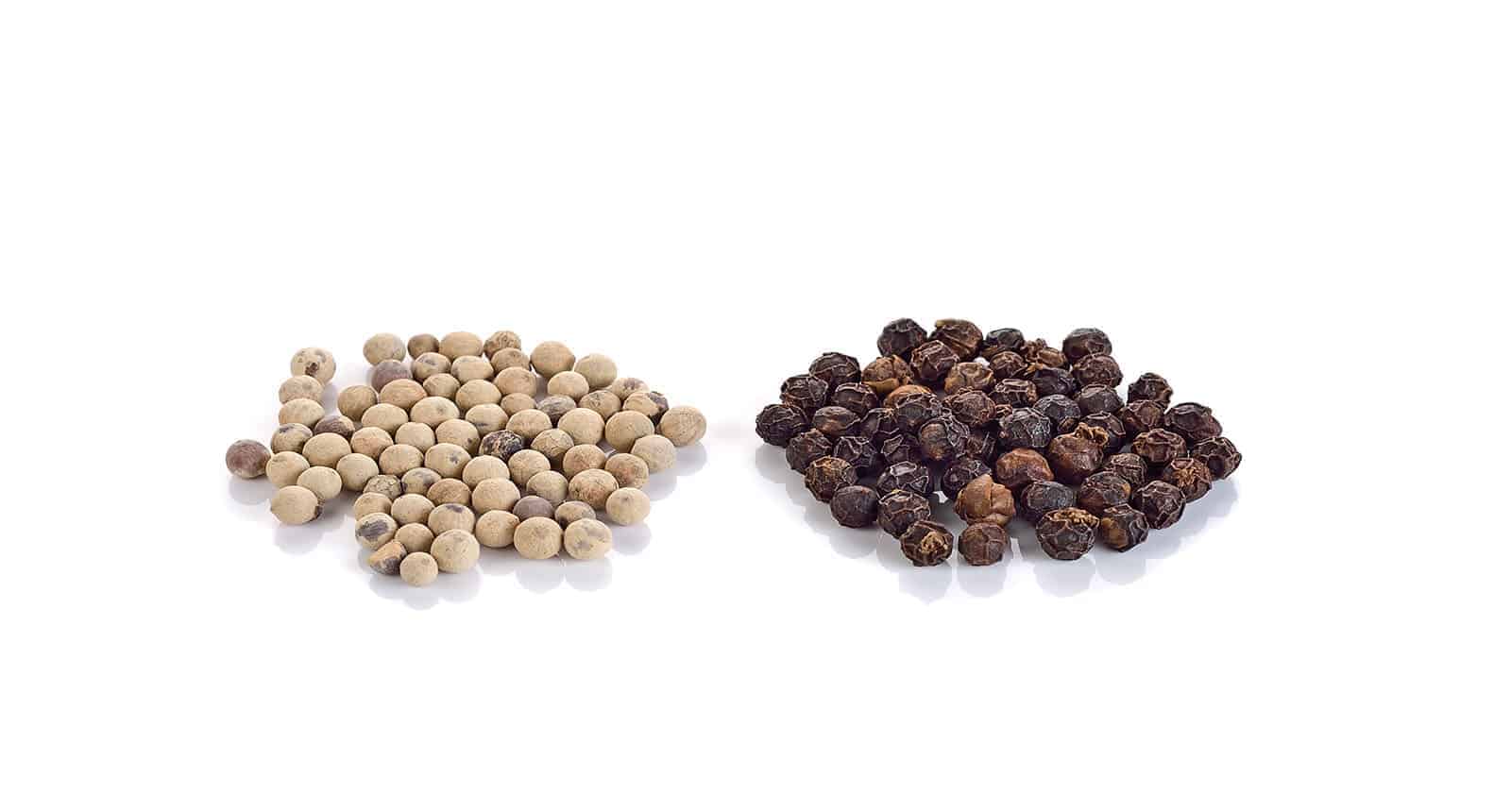
Bell Pepper
Since paprika is made from bell peppers, you can use ripe bell peppers to replace paprika in recipes. First, remove its stalks, then remove the water, grind them and get ready to use. It has a distinctive aroma with a more distinct flavor than store-bought paprika products.
In addition, the slices of fresh bell peppers are also a good and quick alternative to paprika.
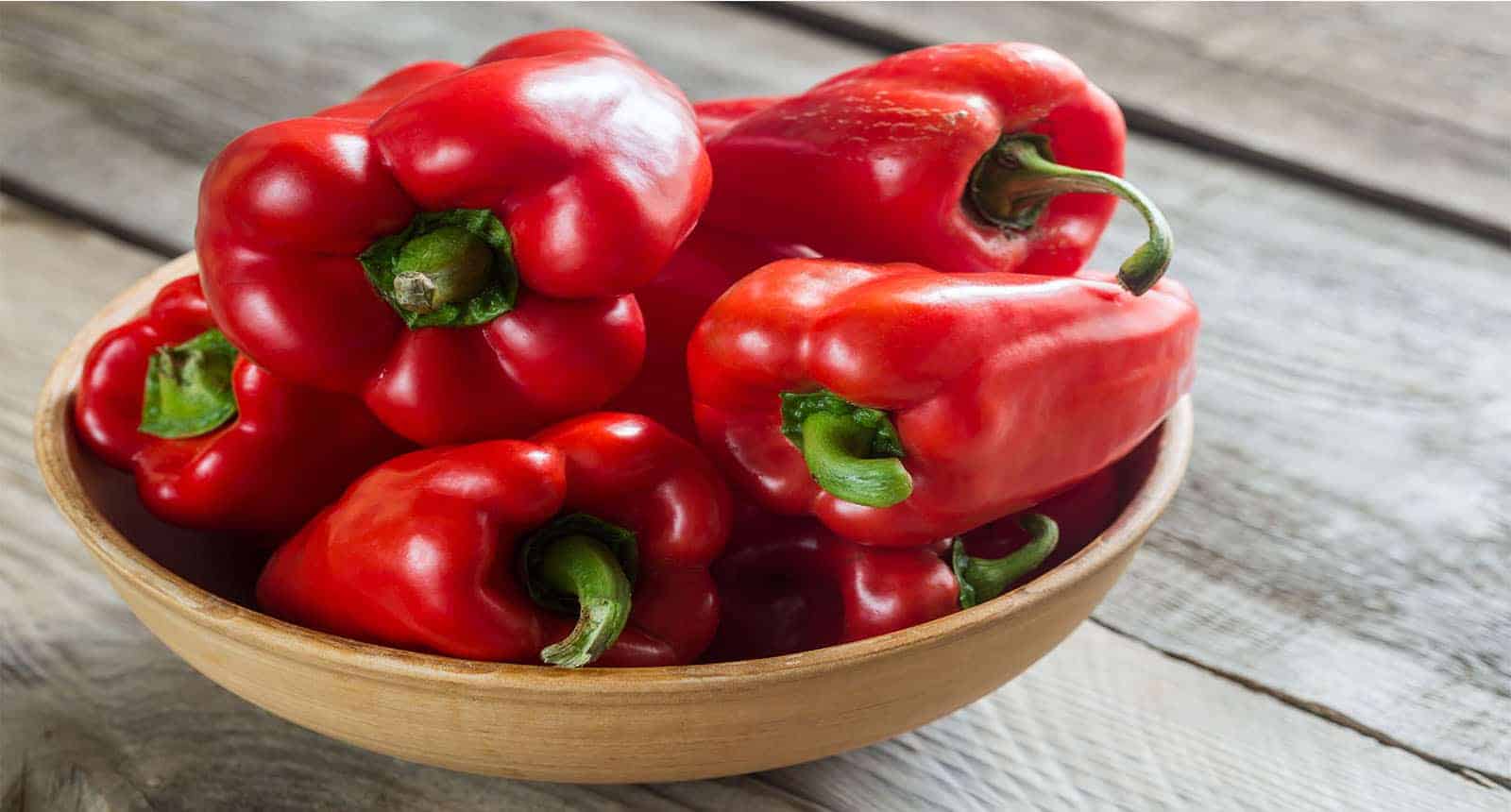
Chipotle Powder
Chipotle powder made from smoked and dried jalapeno is a good substitute for paprika because it has a hot and smoky flavor that helps to smell and ensure the spicy taste of paprika. Since it has a darker red color than paprika, it can alter the color of your dish a bit.
Ancho Powder
If you are finding an alternative to mild paprika, ancho powder is the best choice. It is made from dried poblano chili, with a slight heat and a slight smokiness. Use ½ to 1 teaspoon of chili powder anchors per teaspoon of chili powder.
Sumac
With its deep burgundy color, sumac is an adequate substitute for paprika to add color to dishes. It has a pungent, fruity flavor rich in antioxidants and omega 3 fatty acids, as well as vitamin C.
Saffron
When you don’t have chili-related products, saffron is also an alternative to paprika that can be used. It is derived from the crocus flower plant, which is more orange-red than paprika with a complex bitter taste. In addition, it contains Crocin and crocetin capable of supporting the treatment of Alzheimer’s disease.
Achiote Powder
Achiote powder is a spice derived from annatto seeds, bright red-orange, with a nutty flavor, spicy and earthy flavor. It’s useful as a paprika substitute if your recipe needs a similar color that doesn’t require the intense flavor of the chili.
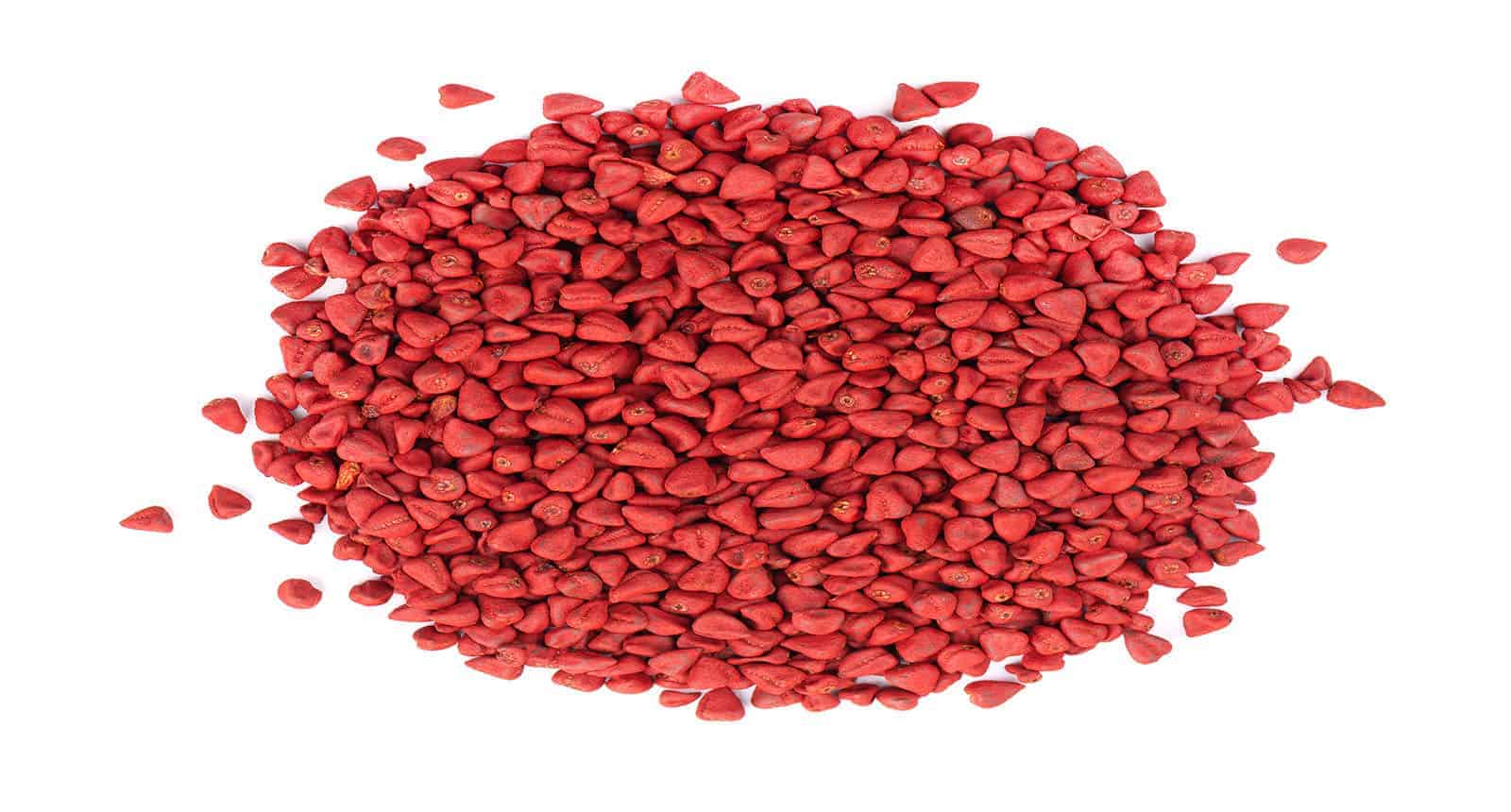
Turmeric
Although it doesn’t have a spicy taste or bright red color of paprika, you can use turmeric to replace it when the dish needs a hint of bitterness and vibrant orange color. It also helps to make your food less bland and eye-catching.
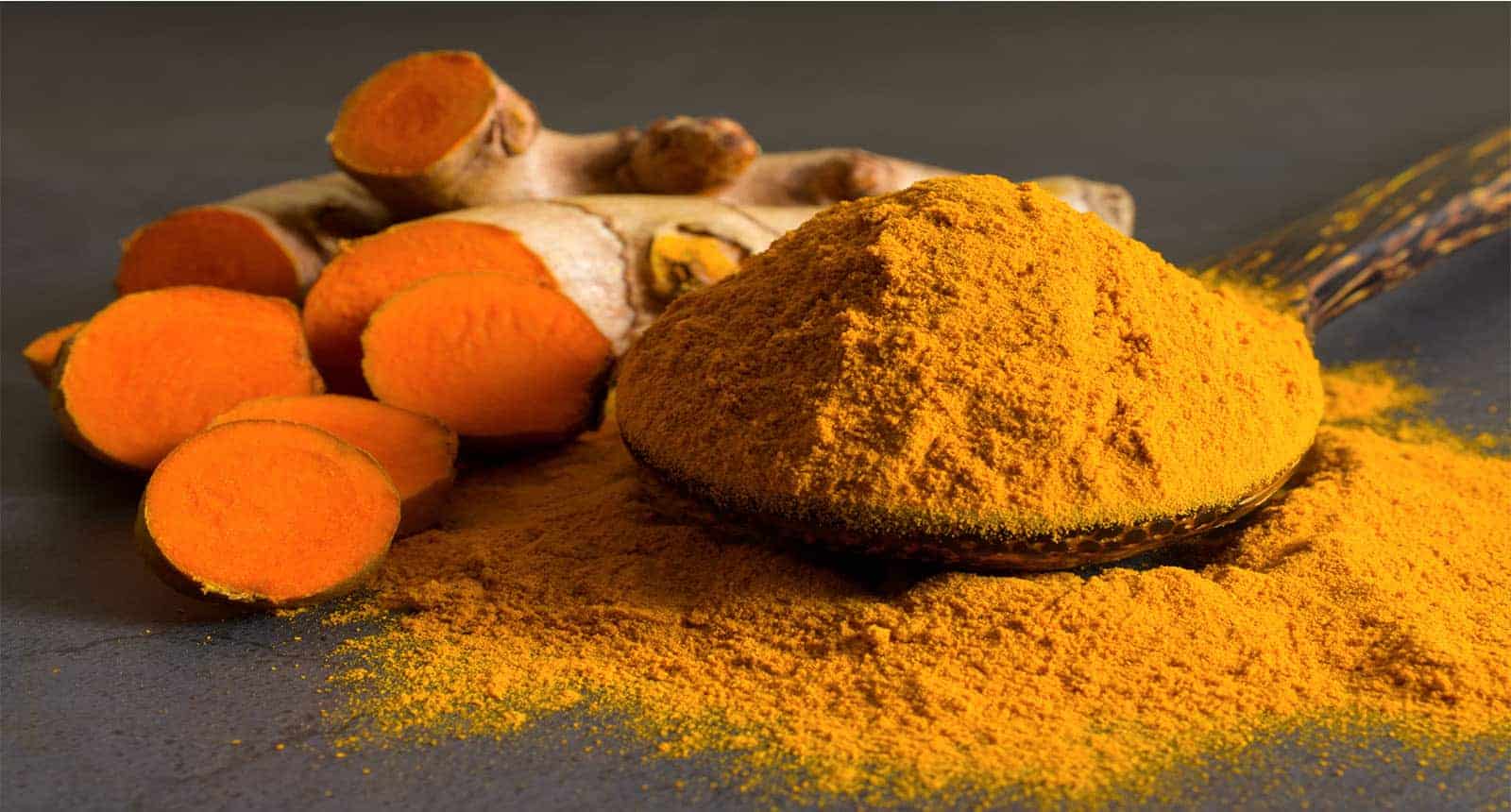
Mix Cumin With Chili Powder
Add a little cumin powder to the chili powder to create a new spicy flavor in your dish. Add the mixture slowly to your dishes and customize to your taste.
FAQs
You should read some more frequently asked questions about paprika and their answers below for more helpful information and to use it effectively.
Expectation vs. Reality
So there are many excellent alternatives to paprika to help you always be ready to prepare delicious dishes or refresh familiar dishes. However, not all substitutes are suitable for all recipes.
You need to pay attention to the role of paprika in the dish; for example, it is used to enhance flavor, decorate, amount of it, and the substitute’s spiciness to have a successful replacement without losing the taste or texture of the dish.
How often do you use paprika when cooking? What do you do when paprika is not available?
I hope this article brings you a good knowledge about paprika and helps you quickly find a suitable alternative for paprika. When having any questions, feel free to leave a comment, I will help you solve them.

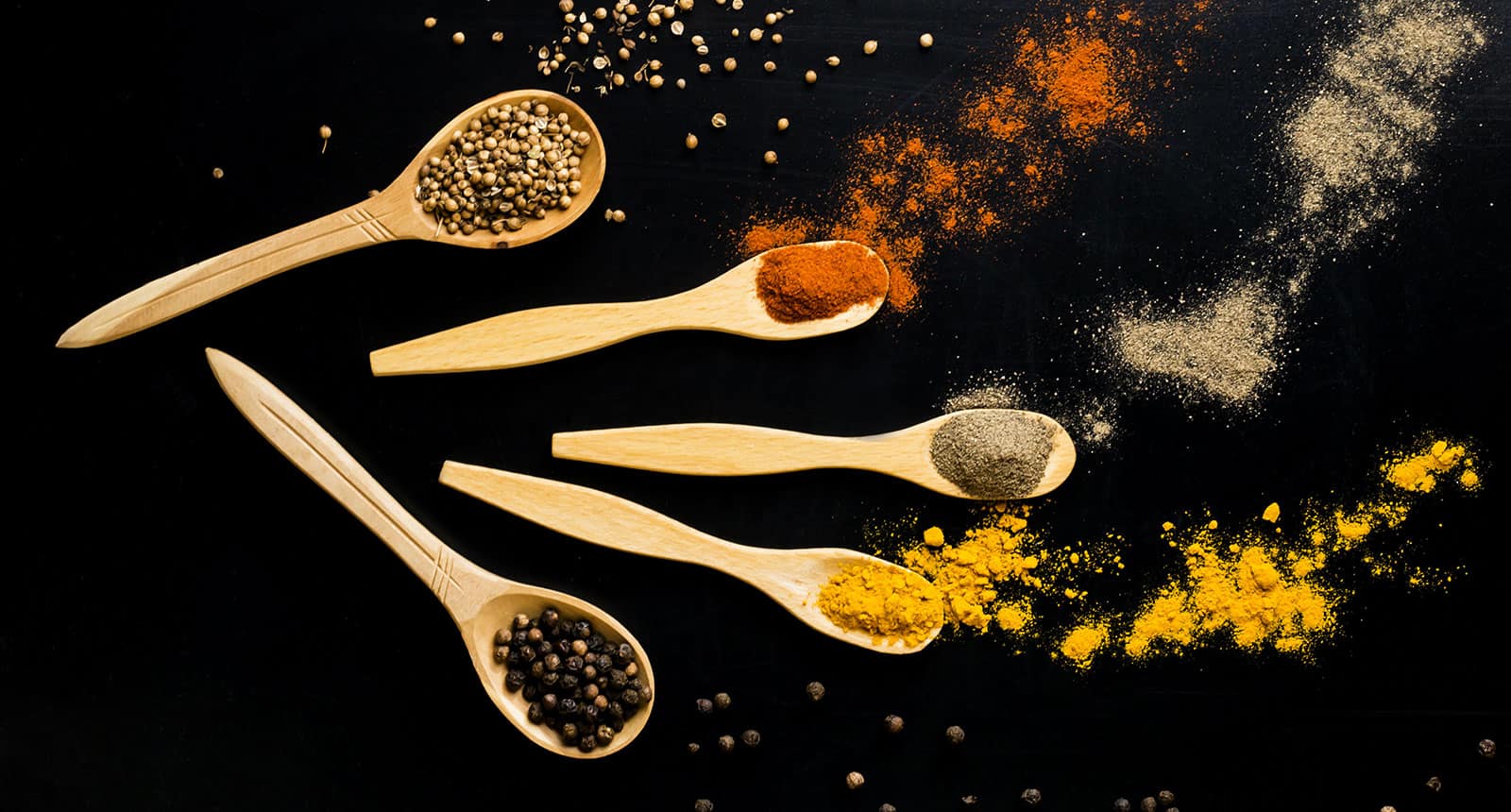

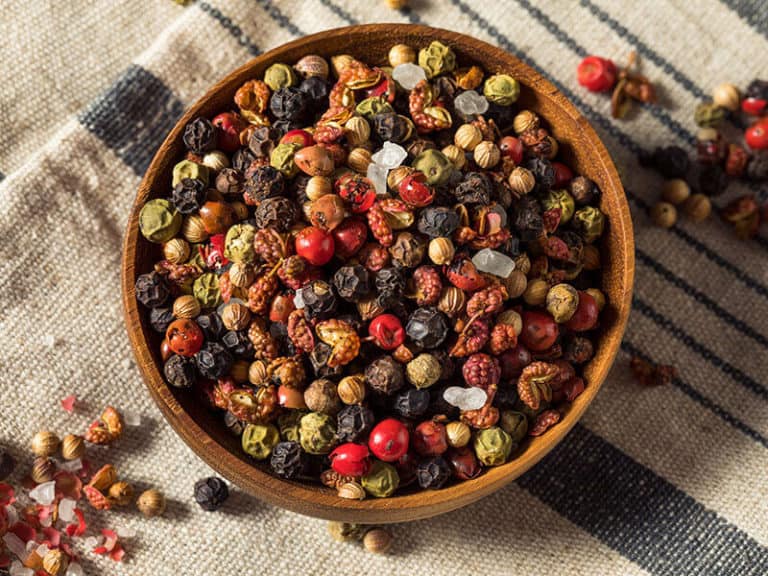
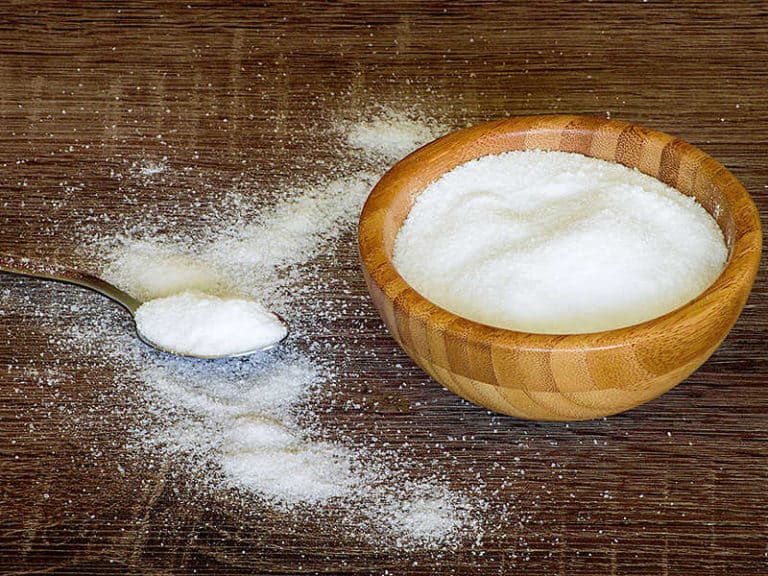
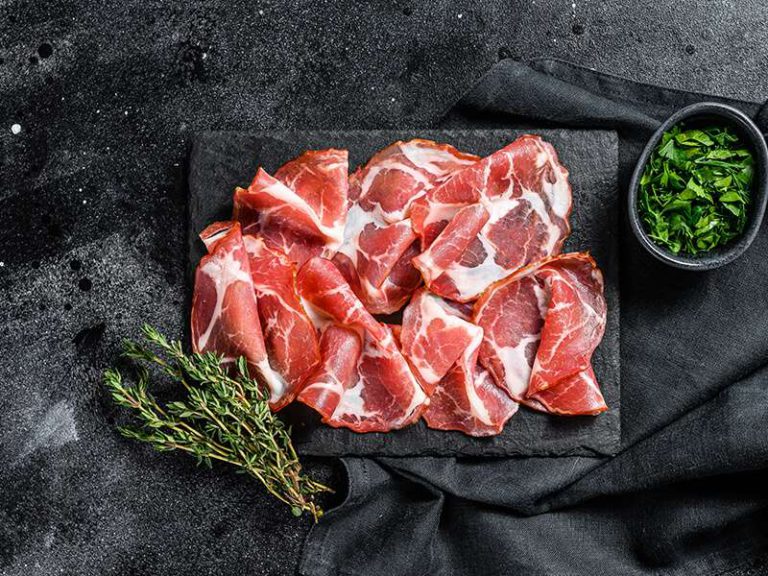
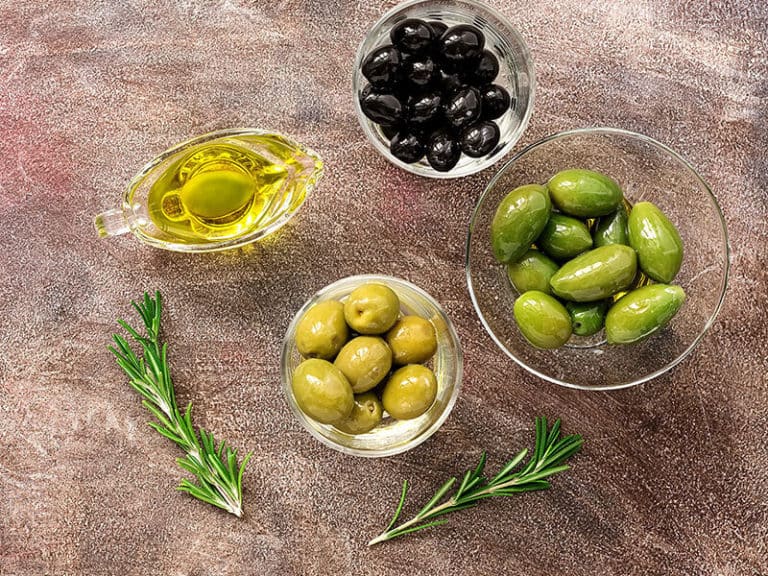
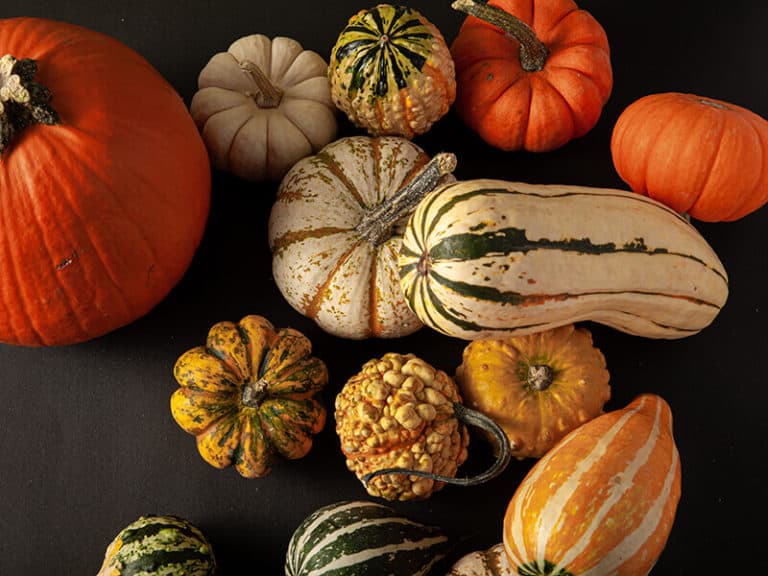
Amanda Collins
Founder and Senior Culinary Editor
Expertise
Culinary Arts and Management, Food Journalism and Critique, Recipe Development and Testing, Global Culinary Traditions, Sustainable Food Practices
Education
Institute of Culinary Education (ICE), New York, NY
Program: Diploma in Culinary Arts
Focus: Intensive hands-on training in culinary techniques, recipe development, and kitchen management, preparing students for professional roles in the culinary industry.
Monroe College, New Rochelle, NY
Program: Associate in Applied Science in Culinary Arts
Focus: Practical culinary skills, including cooking techniques, menu planning, and kitchen operations, with an emphasis on hands-on experience and industry standards.
Amanda Collins is a seasoned chef and food editor with a deep love for global flavors. Trained at the Institute of Culinary Education and Monroe College, and with over 15 years in the culinary field, Amanda has refined her skills in kitchens worldwide. Her background in food studies gives her a unique ability to share both recipes and the cultural stories that shape them.
As senior culinary editor at thebreslin.com, Amanda’s work brings authentic dishes to life, inviting readers to explore new flavors and techniques from around the globe. Her approachable style makes it easy for anyone to bring a bit of the world’s cuisine into their kitchen.